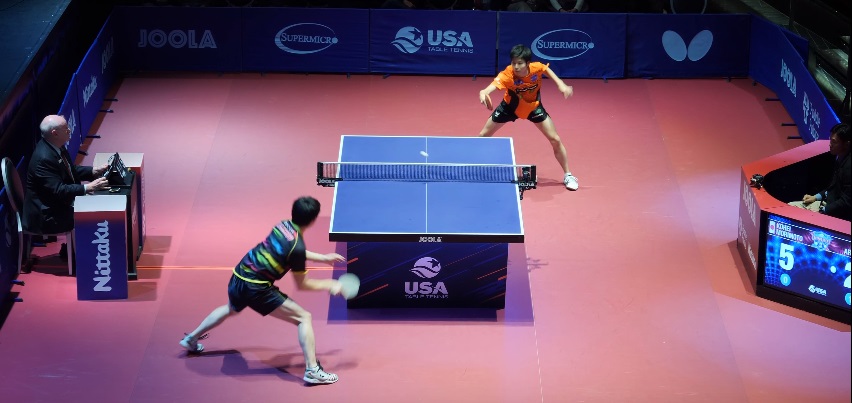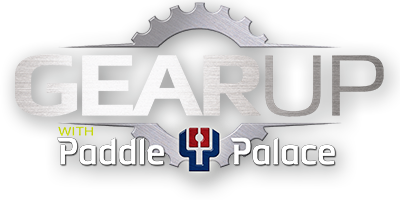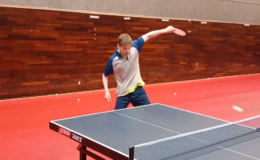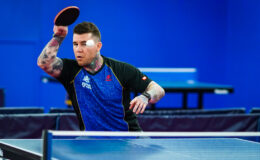
Returning Nets and Edges
By Samson Dubina
Learn 5 Key Elements to Returning Some of the Most Difficult Balls!
Many championship matches are won and lost on “lucky balls” – nets and edges. At the elite level, returning nets and edges is a skill that takes years to master. In this blog, I’m going to give several tips on how to safely land these balls.
#1 Feet First
In table tennis, it is ideal to move into position then swing. Most club players have this reversed. Most club players try to reach the ball; then once they can’t reach it, they lunge for it. If you are disciplined in moving then swinging, you will have a much easier time making the last minute adjustment with your hand.
#2 Read the Spin
When the ball hits the net or edge, it maintains the same spin. For example, if your opponent loops at you, the ball has topspin. When it hits the net, it still has topspin; so make sure that you cover over the ball.
#3 Over the Table
If you are returning a net ball, I would suggest contacting the ball over the table. Once the ball drops below the table, it is much more difficult to control.
#4 Keep It Low
The most important part about returning nets and edges is keeping the ball low. If the ball is returned high, your opponent will probably smash. If you return low, your surprised opponent will be forced to make a difficult return.
#5 Go For It
The best way to practice returning nets and edges is to… Go For It!
Every practice, every club night, every tournament gives you an opportunity to practice this skill. My mind is so ingrained with reacting for the net ball, that I even jump when watching a table tennis DVD. You too can train yourself if you put forth the effort. It’s fun! Go for it!






